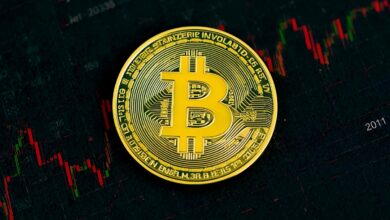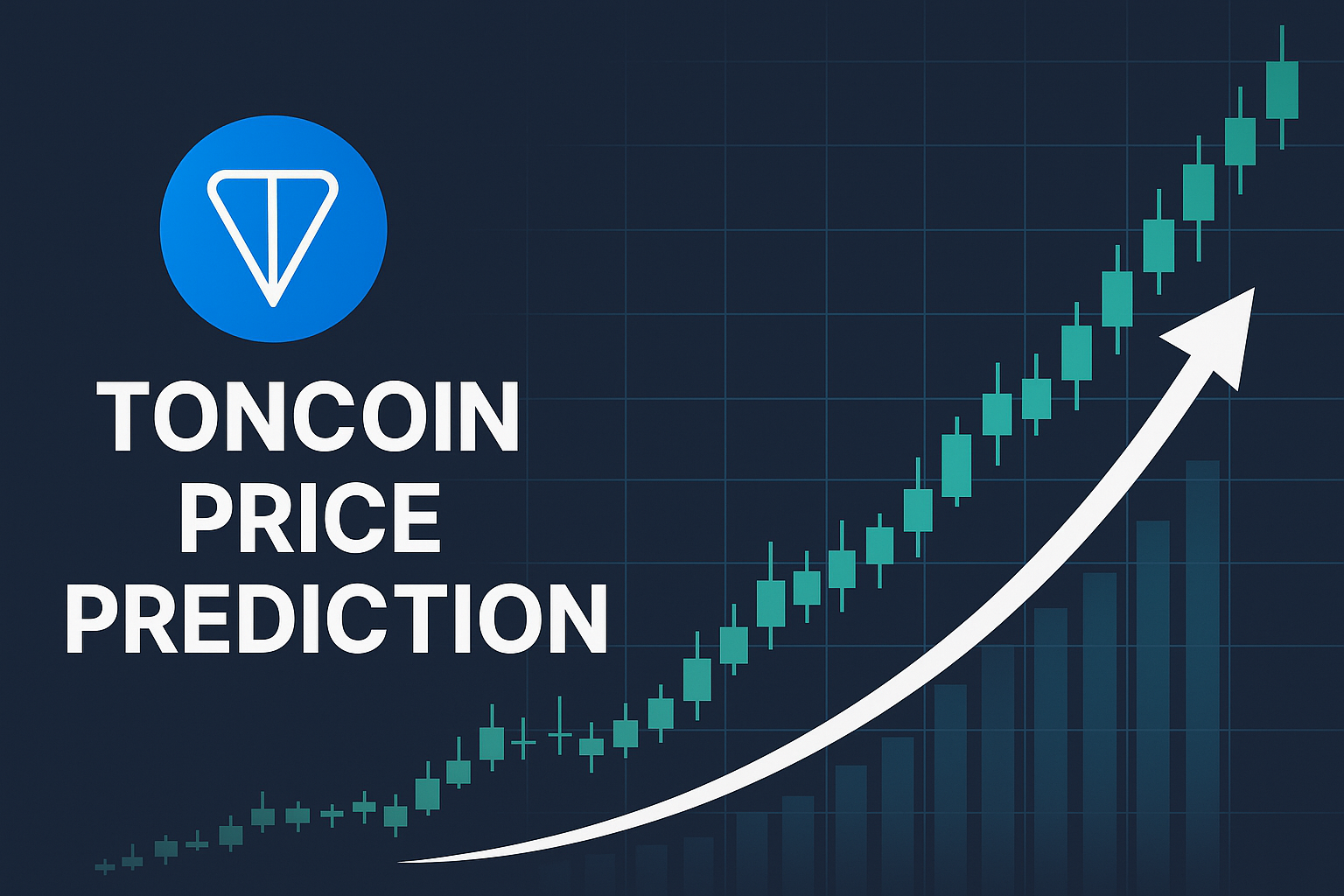Altseason Hopes Rise But Clear Signals Still Missing
Traders eye an altseason breakout, yet key crypto signals remain mixed. Here’s what to watch before altcoins truly run.
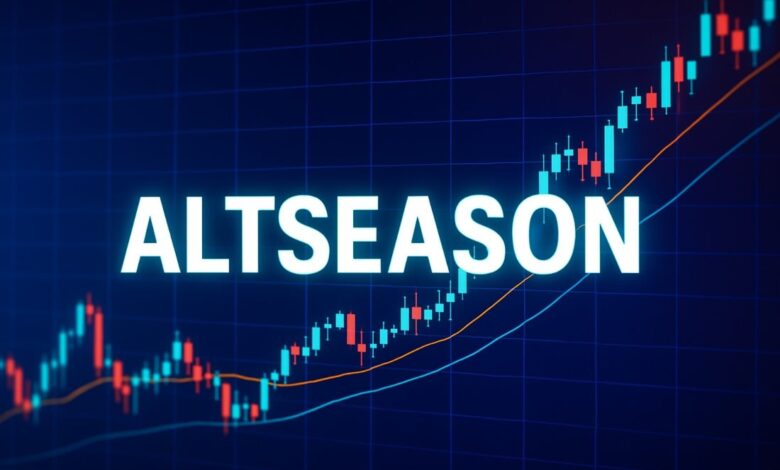
What traders mean by “altseason”
The term altseason refers to prolonged periods when altcoins (any crypto assets other than Bitcoin) significantly outperform BTC on both relative and absolute bases. It’s not just a few outliers doubling in a week; it’s broad participation across sectors—Layer-1s, DeFi, GameFi, AI tokens, infrastructure, and even long-forgotten micro caps catching bids. In a textbook altseason, capital rotates out of Bitcoin’s relative safety into higher-beta corners of the market, and that rotation persists long enough to reshape the cycle’s winners.
There are several reasons this regime periodically emerges. Traders search for higher returns after a strong Bitcoin move stalls. New tech or tokenomics unlocks speculative appetite. Liquidity expands, volatility compresses, and market participants collectively tilt toward risk-on sentiment. Still, without durable catalysts and adequate liquidity, the euphoria can fizzle fast. Understanding the underlying conditions is crucial for separating noise from signal.
Why hopes for altseason are rising now
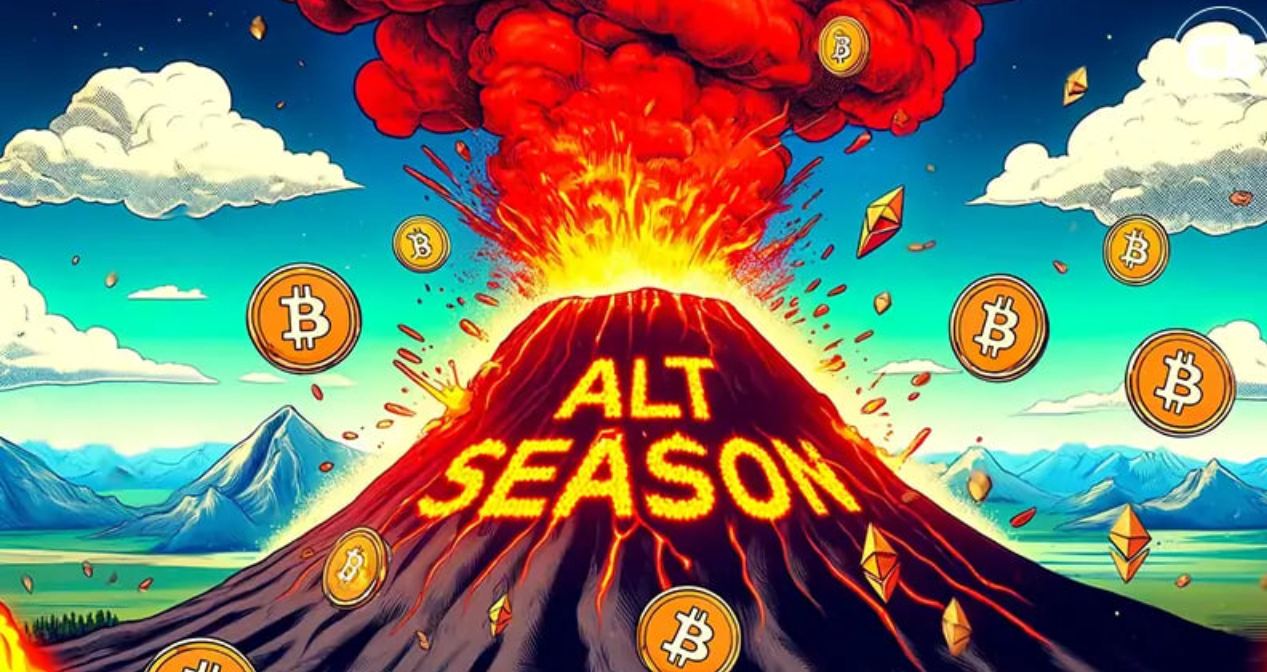
Narrative rotation is accelerating
Narratives are the lifeblood of crypto cycles. Recently, we’ve seen a shift toward restaking, modular blockchains, AI-integrated protocols, RWAs (real-world assets), and decentralized social primitives. Each narrative attracts developers, users, and liquidity providers, creating localized pockets of momentum. When multiple narratives gather steam at once, the broader altcoin complex can begin to hum. This expanding story arc is a key reason altseason chatter has grown louder.
Select altcoins are breaking out versus BTC.
While the entire market is not in sync, several mid-cap names have outperformed on BTC pairs. Breakouts on the ratio charts suggest early willingness to rotate capital away from Bitcoin. Historically, sustained leadership on BTC pairs has preceded stronger altcoin cycles, especially when new highs on the dollar charts follow. However, sporadic leadership alone is not enough. Without participation from multiple sectors and a clear improvement in market breadth, rallies can become fragmented.
Liquidity pockets are forming, but remain uneven.n
On-chain liquidity, centralized exchange depth, and stablecoin float are improving in places. Yet order books can still feel thin away from top caps, and intraday wicks hint at cautious market makers. For a true altseason, the market needs a thicker blanket of liquidity so buyers can push trends without triggering outsized slippage. Liquidity that is “good enough” for swing trades may not sustain a multi-month rotation.
The signals that still look incomplete
Bitcoin dominance hasn’t cracked decisively
One of the cleanest gauges for altseason is Bitcoin dominance—the percentage of crypto’s total market cap captured by BTC. During classic altcoin runs, dominance usually rolls over and trends lower for weeks as capital rotates outward. At present, dominance has flirted with topping, but it hasn’t clearly broken down. Until BTC cedes ground for an extended stretch, altcoins are pushing uphill against structural gravity.
Breadth signals are patchy across sectors.
In an authentic altseason, strength fans out. Not only do a handful of names run, but Layer-2s, DeFi governance tokens, infrastructure coins, and application-layer assets all participate with higher highs and higher lows. Today, breadth looks spotty. Leadership rotates quickly, and laggards fail to confirm. This divergence creates whipsaw risk and implies that a broader, synchronized impulse has not yet arrived.
Funding and leverage are hot in spurts, cold in aggregates.e
Derivatives often telegraph the next phase. During altseason, positive funding and rising open interest spread across many pairs, not just the leaders. Currently, funding flips positive during headlines, then cools as traders de-risk. It’s an on-off rhythm, not the persistent, system-wide leverage build that typically powers multi-week altcoin outperformance. The market seems reluctant to commit fully to it.
On-chain user growth is improving, but not explosive.
On-chain activity—unique addresses, active wallets, DEX volumes, bridge flows—has bright spots, especially in ecosystems launching new primitives. Yet user growth is not universally parabolic, and retention varies by chain. Altseason usually coincides with broad-based on-chain exuberance, where even older protocols feel renewed. Today’s activity feels more selective and narrative-driven than universally euphoric.
The cycle context: why patience still matters
Bitcoin’s position in the cycle shapes altcoin risk
Bitcoin often leads the cycle. When BTC is carving higher highs with compressed volatility, altcoins can shine because downside risk feels manageable and traders crave beta. When BTC is choppy, correcting, or retesting key levels, traders de-lever. In that environment, altcoins carry more drawdown risk. The current backdrop suggests Bitcoin hasn’t yet provided the serene platform that fuels a persistent altseason. Until BTC sets a calmer tone, capital rotates hesitantly.
Macro and liquidity still act as governments
Crypto’s most explosive phases tend to align with supportive macro liquidity—declining real yields, accommodative policy expectations, and strong risk appetite in equities and tech. While macro has not been hostile, it hasn’t been in the wind’s back either. If global liquidity turns more constructive, the argument for a full altseason strengthens. If macro tightens, fragile altcoin rallies become vulnerable.
Historical analogs caution against impatience.
Looking back at prior cycles, the market often produced multiple “almost-altseason” attempts before the real move. Those feints were marked by short, sharp altcoin rallies that faded as dominance stabilized and breadth narrowed. Only when liquidity broadened, narratives matured, and BTC volatility compressed did the genuine altseason unfold. The present pattern rhymes with those prelude phases rather than the main event.
What would confirm a real altseason from here?
A sustained breakdown in Bitcoin dominance
A decisive, multi-week slide in Bitcoin dominance would be a primary confirmation. The signal is strongest if it occurs without a major BTC downside shock. Dominance falling because altcoins are rising is very different from dominance falling because Bitcoin is dumping and dragging everything with it. The cleaner version shows a drifting BTC, paired with altcoins, marching higher on both USD and BTC pairs.
Broadening leadership across categories and sizes
Confirmation also suggests market breadth is expanding. It’s not enough for a single niche—say, AI-linked tokens—to run. We’d want to see Layer-1s, Layer-2s, DeFi, perps, DEXs, infrastructure, and consumer apps all printing orderly trends. Small caps should ride the slipstream after mid-caps establish leadership, and sector rotations should pass the baton rather than end the race.
Persistent, diversified leverage and healthy spot flows
In durable altseason phases, both derivatives and spot participation swell. Funding turns positive broadly and stays elevated without blowing out into unsustainable extremes. Open interest builds across many pairs, while spot volumes remain firm, showing real demand rather than purely leverage-driven spikes. When these elements synchronize, trend durability improves.
Organic on-chain growth and sticky usage
Finally, the on-chain layer should show organic growth. Rising daily active addresses, robust DEX volumes, sticky fee generation, and increasing developer activity point to usage that outlives short-term speculation. If new primitives convert curious traders into recurring users, price momentum gains a fundamental spine.
Practical playbook while the signals are mixed
Focus on relative strength and BTC-pair confirmations
If you insist on participating before full confirmation, prioritize assets breaking out not only in USD terms but also on BTC pairs. Relative strength against BTC is a classic altseason tell. A coin making new local highs versus BTC with rising volume and constructive funding has a better chance of leading the next leg.
Stagger entries and manage position sizes
Mixed regimes punish impatience. Rather than chasing vertical candles, stagger entries around support retests and liquidity pockets. Keep position sizing modest until confirmation improves. In incomplete setups, defense matters more than squeezing the last percentage point from each move. The goal is to stay solvent for the move that truly counts.
Respect liquidity and slippage realities
Lower-liquidity names can be alluring, but they cut both ways. Slippage on entries and exits compounds risk—favor pairs with sufficient depth and consistent market making. During pre-altseason phases, the ability to adjust positions without moving the book is a competitive advantage.
Track catalysts and roadmaps, not just charts
Price action leads, but catalysts sustain. Watch for mainnet launches, tokenomics upgrades, staking unlocks, cross-chain integrations, and ecosystem grants that can attract durable liquidity. A catalyst-supported uptrend is sturdier than one based solely on rotational heat.
Key misconceptions that can derail traders
“If Bitcoin pauses, altcoins will automatically rip.”
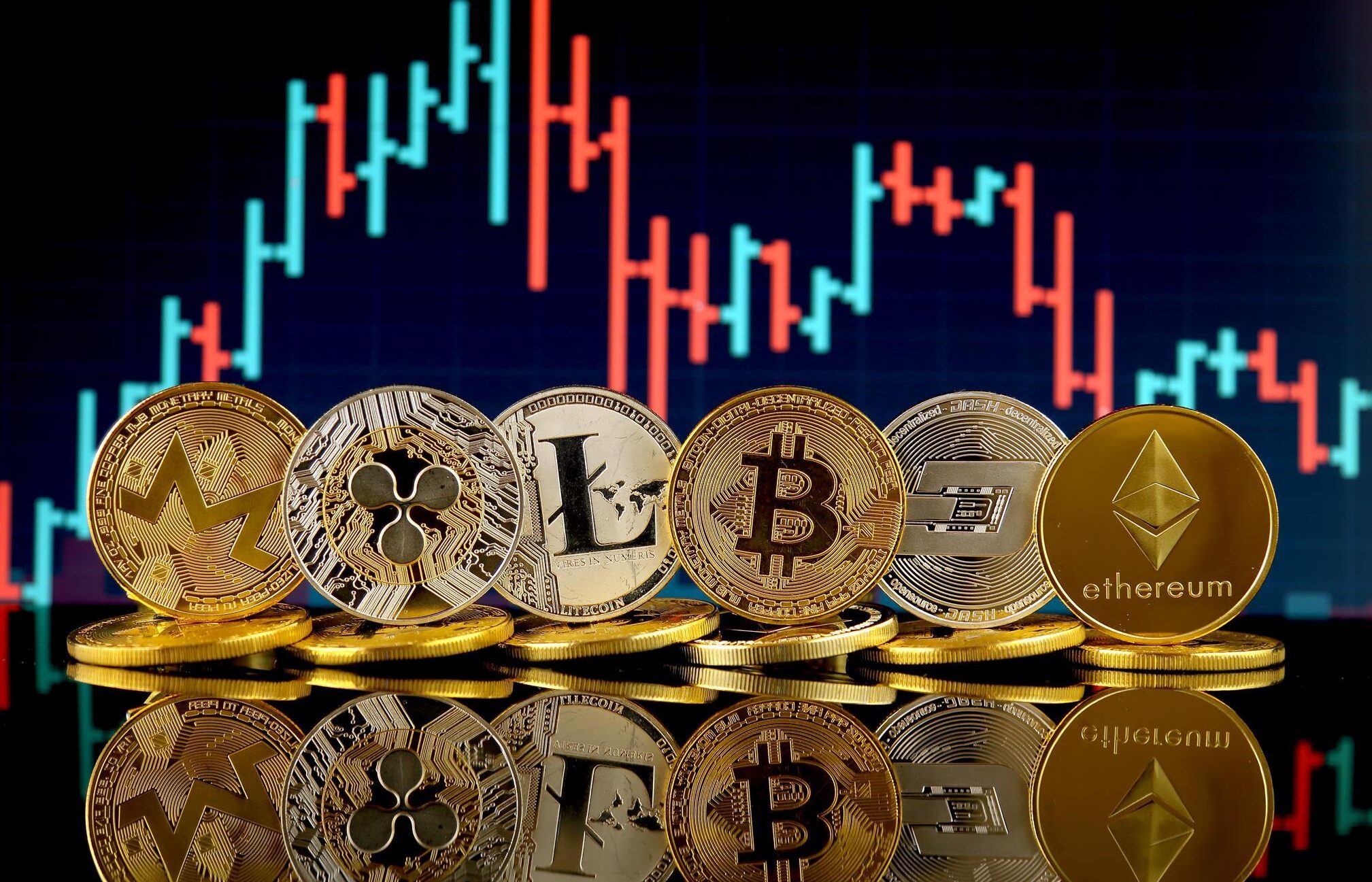
Sometimes, yes. Often, no. If Bitcoin pauses calmly after a measured advance, altcoins can rotate higher. If BTC pauses because volatility balloons or macro jitters hit, capital tends to de-risk. The difference lies in BTC’s volatility regimen: is it a quiet drift or a choppy stall?.
“A few big winners mean altseason is here.”
Outliers appear in every market regime. A genuine altseason democratizes gains across many sectors and cap tiers. If leadership narrows quickly or focuses on one narrative, the move may fade without broad support.
“High funding equals strength”
Elevated funding can reflect momentum, but it can also signal a crowded trade prone to flushes. The healthier altseason signature is consistently positive, with funding remaining non-extreme, spot demand rising, and diversified open interest growth across many pairs.
How to monitor the market like a pro
Build a lightweight signal dashboard
Create a repeatable process to track Bitcoin dominance, total market cap ex-BTC, ETH/BTC, sectoral indexes, DEX volumes, and stablecoin netflows. Add funding, open interest, and top-exchange liquidity for a cross-sectional view. Review the dashboard daily, not hourly. Reacting to every tick invites overtrading.
Compare narratives with complex on-chain data.
Pair narrative heat with on-chain metrics—active addresses, fees, and developer commits—to separate hype from traction. If a narrative has both price momentum and rising on-chain engagement, it stands a better chance of sustaining into a true altseason.
Watch rotations, not just breakouts
Healthy rotations pass leadership smoothly. When an AI basket cools, perhaps DeFi or perpetual DEX tokens pick up the baton. If transitions are abrupt and leave air pockets behind, liquidity is still thin and fragile. The smoother the handoffs, the closer the market is to altseason conditions.
Risk management for an altseason that isn’t here yet
Define invalidation before you enter
Every trade needs a clear invalidation level, ideally anchored to structure rather than hope. If a BTC-pair breakout fails and closes back inside the range, step aside. Resetting quickly is a hallmark of professionals who survive the churn preceding altseason.
Use time stops as well as price stops
When the thesis depends on momentum, time is a parameter. If momentum fails to appear after a reasonable window, consider rotating rather than waiting indefinitely. Stale risk drains capital and focus that could be applied to fresher setups.
Keep dry powder for confirmation.
The most asymmetric altseason legs often come after confirmation, not before it. Preserve capital to scale when Bitcoin dominance truly rolls over, breadth expands, and spot volumes swell. Accept that you won’t catch the exact bottom of the first movers. You’re aiming for the meaty middle of the trend.
The ETH/BTC fulcrum and what it tells us
The ETH/BTC pair is a useful barometer. When ETH steadily outperforms BTC, altcoins tend to gain confidence. Ethereum sits at the center of multiple narratives—staking, Layer-2 scaling, and DeFi liquidity—so its relative strength often preludes broader rotations. Today, ETH/BTC has shown flashes of life but lacks a clean, sustained trend. For many traders, a decisive ETH/BTC breakout is a key box to tick before declaring altseason.
Stablecoin dynamics and the fuel for rotation
Stablecoins are the market’s dry powder. Expanding stablecoin market cap, rising exchange balances, and growing on-chain liquidity usually precede altcoin booms. If stablecoin float grows while BTC calms down, capital has a natural path into altcoins. Conversely, stagnant stablecoin supply caps the speed and breadth of rotations. Watch these flows closely; they often move before prices do.
The role of new issuance, unlocks, and token design.n
Token supply dynamics influence whether altseason sticks. Heavy unlock schedules can suppress trends, while well-designed tokenomics with clear sinks, emissions tapering, and real utility can amplify upside. As you evaluate narratives, account for vesting cliffs, airdrops, and liquidity mining programs. Where emissions align with usage growth, momentum can compound rather than leak.
Putting it all together
Optimism around altseason is not misplaced. There are real green shoots—narrative expansion, selective BTC-pair strength, and improving liquidity pockets. But the core confirmations remain tentative: Bitcoin dominance hasn’t convincingly rolled over, breadth is inconsistent, leverage participation is uneven, and on-chain growth is more selective than universal. That mixture argues for a balanced posture: engaged enough to capture outperformance where it genuinely appears, but disciplined enough to avoid overexposure before the market proves it.
The best approach is a structured one. Track the primary signals, emphasize relative strength, respect liquidity, and scale only as confirmations stack. If and when altseason truly arrives, it will likely advertise itself clearly: dominance rolling, ETH/BTC trending, spot and derivatives in harmony, and on-chain usage accelerating across multiple verticals. Until then, let patience and process do the heavy lifting.
Conclusion
Altseason hopes are rising as foundations are forming—new narratives, selective breakouts, and better, but uneven, liquidity. Yet the decisive signals that transform optimism into a full-fledged altcoin cycle are not firmly in place. For traders and investors, this is a time to prepare, not to presume. Build watchlists, refine execution, monitor breadth and dominance, and keep risk controls tight. When the market finally flips the switch, you’ll be ready to press, rather than guessing in the dark.
FAQs
Q: What is the most reliable single indicator that altseason has started?
There is no perfect single indicator, but a sustained decline in Bitcoin dominance while altcoins rise on both USD and BTC pairs is the closest. The signal is strongest when it coincides with rising spot volumes, constructive funding across many pairs, and expanding market breadth rather than isolated winners.
Q: Does altseason require Bitcoin to move up or down?
The cleanest altseason usually happens when Bitcoin moves sideways to modestly higher with compressed volatility. In that environment, traders seek higher beta and rotate into altcoins. Sharp Bitcoin drawdowns often derail rotation as capital de-levers, while violent Bitcoin rallies can overshadow altcoins, delaying broad participation.
Q: How important is ETH/BTC for confirming altseason?
Very important. When ETH/BTC trends higher, confidence in the altcoin complex improves because Ethereum anchors many narratives and liquidity hubs. A strong, sustained ETH/BTC uptrend often precedes broader altseason participation, though it’s not a guarantee by itself.
Q: Can a few hot narratives spark altseason on their own?
Not typically. A couple of narratives can ignite pockets of strength, but a real altseason requires breadth—DeFi, Layer-1s, Layer-2s, infrastructure, and apps all trending together. Without cross-sector participation, gains can be fleeting and prone to reversal, leaving late entrants exposed.
Q: What’s a sensible strategy while waiting for confirmation?
Prioritize assets showing relative strength on BTC pairs, scale in gradually, and respect liquidity. Use clear invalidation levels and time stops. Keep dry powder to size up when Bitcoin dominance rolls over, ETH/BTC trends higher, and participation broadens with sustained spot and derivatives demand.



